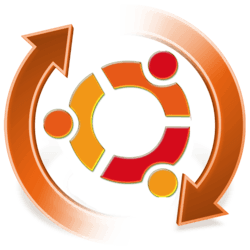The first point release, Ubuntu 14.04.1 LTS (Long-Term-Support) for its Desktop, Server, Cloud, and Core products, as well as other flavors, has been announced just a few hours ago.
José Antonio Rey said in the release note:
As usual, this point release includes many updates, and updated installation media has been provided so that fewer updates will need to be downloaded after installation. These include security updates and corrections for other high-impact bugs, with a focus on maintaining stability and compatibility with Ubuntu 14.04 LTS.
Download Ubuntu 14.04.1 and its flavors:
Ubuntu 14.04.1: http://releases.ubuntu.com/trusty/
Edubuntu 14.04.1: http://cdimage.ubuntu.com/edubuntu/releases/trusty/release/
Kubuntu 14.04.1: http://cdimage.ubuntu.com/kubuntu/releases/trusty/release/
Lubuntu 14.04.1: http://cdimage.ubuntu.com/lubuntu/releases/trusty/release/
Mythbuntu 14.04.1: http://cdimage.ubuntu.com/mythbuntu/releases/trusty/release/
Ubuntu Gnome 14.04.1: cdimage.ubuntu.com/ubuntu-gnome/releases/trusty/release/
Ubuntu Kylin 14.04.1: cdimage.ubuntu.com/ubuntukylin/releases/trusty/release/
UbuntuStudio 14.04.01: cdimage.ubuntu.com/ubuntustudio/releases/trusty/release/
Xubuntu 14.04: cdimage.ubuntu.com/xubuntu/releases/trusty/release/
Users of Ubuntu 12.04 will soon be offered an automatic upgrade to 14.04.1 via Update Manager. If you’re running on Ubuntu 14.04, regular update via Software Updater will bring you to this point release.
via: fridge.ubuntu.com
